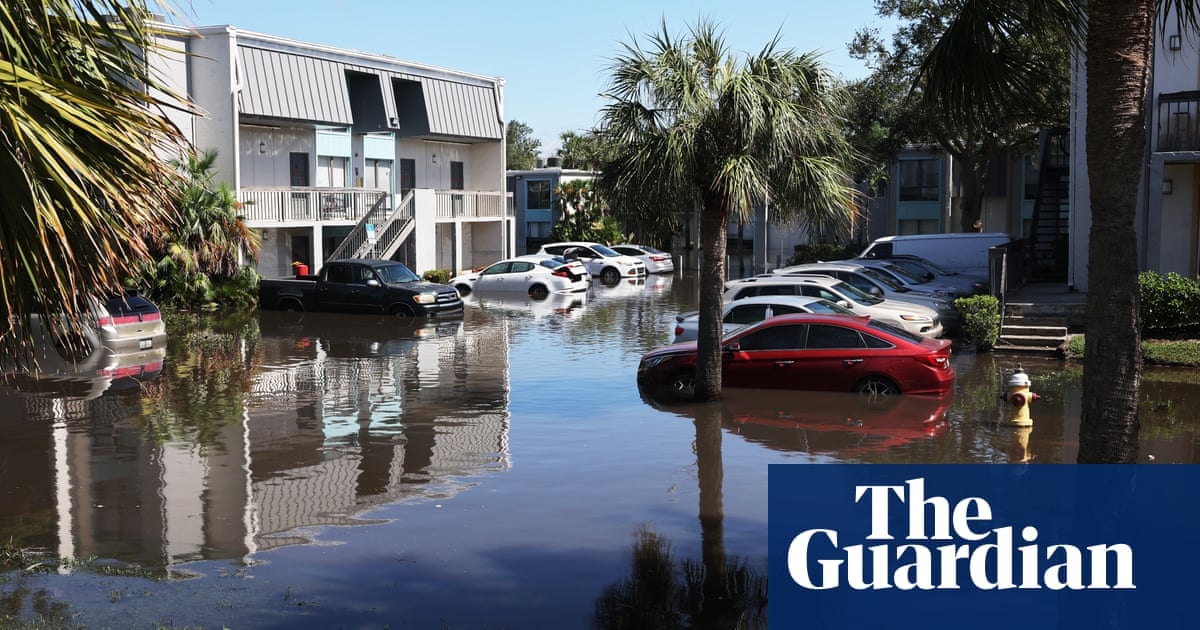Flooding is separate from typical US home insurance and many homeowners are not adequately covered
As millions of US residents begin working to file insurance claims on their homes in the aftermath of Hurricanes Helene and Milton, many could be denied, particularly if their homes were damaged by flooding.
A quirk in the US home insurance market is that flood insurance is separate from typical home insurance, which usually covers wind damage from hurricanes but not flooding. Homeowners must purchase flood insurance separately if they want their homes protected against flooding.
And many don’t. In some areas where Hurricane Helene hit the hardest, less than 1% of homes had flood insurance when the storm hit. In Buncombe county in North Carolina, home to Asheville, only 0.9% of homes had flood insurance, according to data from the Insurance Information Institute.
The number of people with flood insurance in Florida, which was hit by Hurricane Milton two weeks after parts of the state were battered by Helene, is higher than in other parts of the country. But still, the take-up is low. In Sarasota county, which took a direct hit from Milton, just 23% of residents have flood insurance.



I live in a place with essentially zero chance of major flooding, but of course there are local floods. In addition to my homeowners policy, I would have to buy three separate coverages for various type of water damage, and at what seems like ridiculous cost for my area and relative to the rest of coverage. I Believe I can’t even get one of the coverages unless I have a sump pump, but my basement is almost always dry so that makes no sense: if I get water in the basement once every decade, what are the chances of a sump pump working after sitting a decade?
deleted by creator